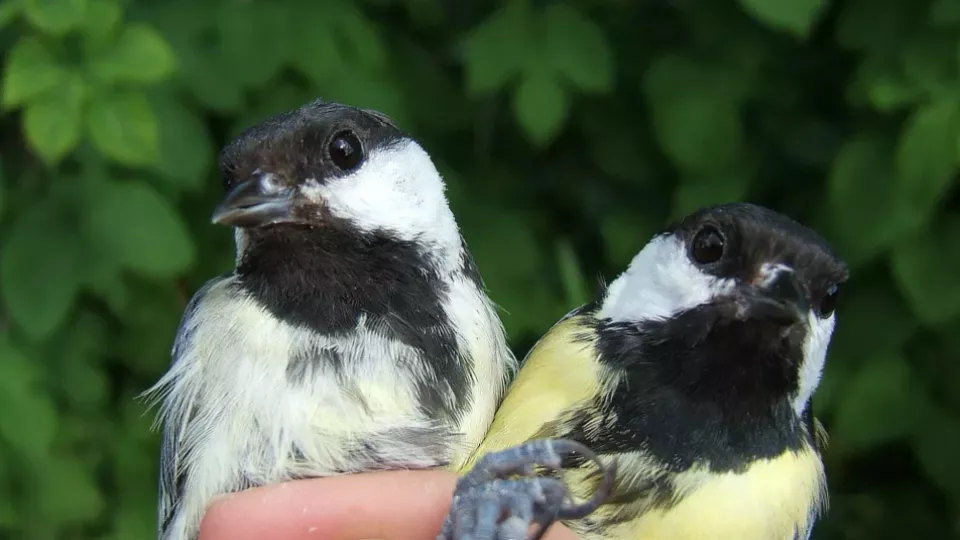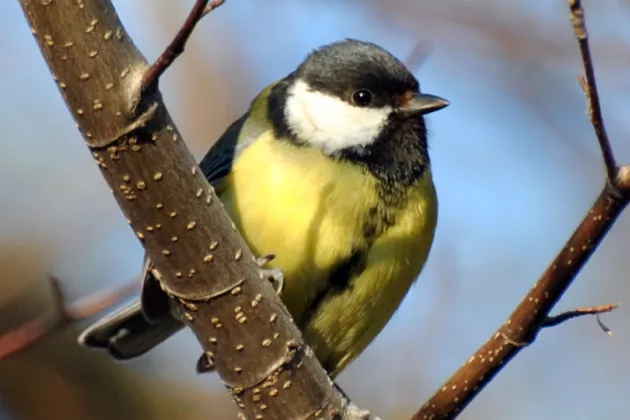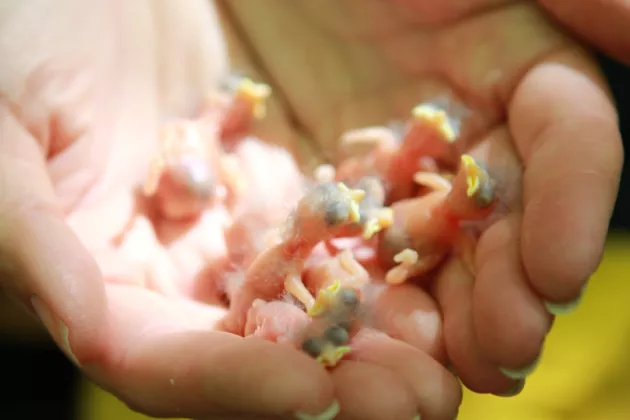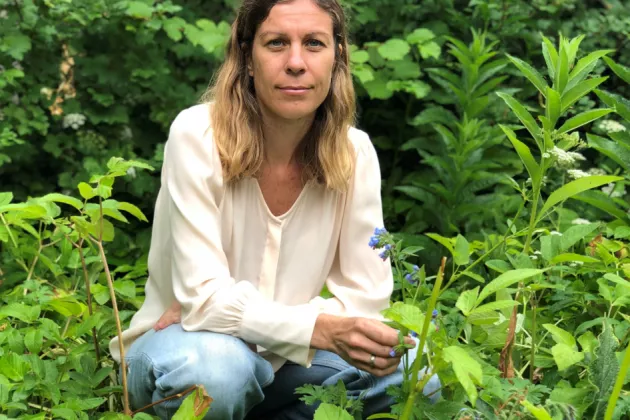Caroline Isaksson, BECC PI, was one of the co-authors to a study recently published in Journal of Animal Ecology. The findings suggest that birds in the city are not getting the right diet. If great tits in cities cannot obtain enough carotenoids from their food, their plumage becomes paler, resulting in weaker defences against the adverse health effects of pollution.
The results can increase the understandings on how to create urban environments that are more beneficial for biodiversity. For example by planting more native trees and plants in gardens and parks that can help small birds, such as great tits, by providing them with a healthy diet of insects and spiders for themselves and their chicks.
Continue reading
Read the full article on the biology department's website.
The study is published in Journal of Animal Ecology.





